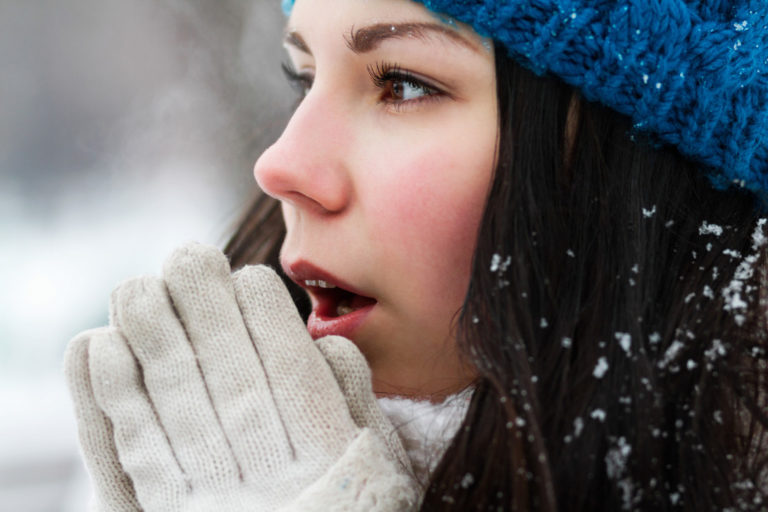Although many families are currently enjoying their sunny beach vacations and BBQ cookouts with neighbors and friends, summer is also known for being one of the best times of the year to make key renovations at home. Many of these renovations can help prepare for the colder seasons that are just a few months away. Before you know it, it’s going to be fall, followed by a sudden plummet of temperatures toward winter.
The last thing that many homeowners want is dealing with problems during these seasons since cold temperatures can easily pierce through leaks and cracks in the home’s structure. Although feeling uncomfortable and cold from the weather conditions might seem like a mild annoyance, long-term exposure to the sudden drop of temperatures could lead to hypothermia.
Fortunately, there are a variety of ways to address hypothermia. But what is hypothermia anyway? What can you do to prevent it? Here’s what you’ll need to know.
What Is Hypothermia?
But before we can discuss some preventive measures and different ways to deal with hypothermia, we first need to answer one of the most important questions: what is hypothermia, and how do you know if someone is experiencing it?
Hypothermia is a medical condition where much of the body’s vital temperature falls below the usual temperature of 97 to 99 degrees Fahrenheit. This can occur when the body fails to keep up when producing heat while the body is exposed to a cold environment.
Many organs in the body require heat to function properly. In most cases, organs that are not within the optimal temperature range start to malfunction. This is especially true when it comes to our brain and much of our central nervous system. Our brain will have difficulty doing its job, which can result in problems with mobility and impair cognitive thought. More extreme levels of hypothermia can cause problems with the liver, cardiac arrest, and total organ failure.
Normally, hypothermia is divided into three categories that will vary in severity. These categories include:
1. Mild hypothermia – When the body has a temperature of 97.5 to 99.6 degrees Fahrenheit. This results in shivering, stuttering when speaking, memory loss, and visible bluish color in the skin. This can also result in heavy urination, which can cause more heat to leave the body.
2. Moderate hypothermia – Compared with mild hypothermia, there’s no shivering. Most individuals experience a strong temptation to fall asleep and have a more abnormal heartbeat rate.
3. Severe hypothermia – People suffering from severe hypothermia should seek medical attention immediately since this can result in the body becoming stiff and difficulty breathing. In more extreme situations, this can lead to cardiac arrest.
As you can see, there are various reasons why we should take hypothermia seriously, especially during winter times when this could lead to problems. Fortunately, there are a variety of ways to address hypothermia. Here’s what you can do.

Investing in Your Home’s Heating System
One of the best ways to ensure that hypothermia does not set in when you’re at home is by investing in proper heating systems. But right before you get the appropriate HVAC systems that are good for your home, you’ll need to ensure that all the airways and entrances to your home are sealed so that heat doesn’t leak out.
After you have addressed leaks in temperature, you can now start looking for better heaters and ventilation systems that can balance out temperatures in your living area. However, you will need to be mindful of the fact that maintaining and installing these heating systems can be relatively complex. Fortunately, you can contact companies that offer furnace and heater replacement services to help with your situation.
Seeking Medical Emergency Services
Last but not least, one of the most important ways of addressing hypothermia is by seeking medical emergency services in your area. There are many first-responders in cities and regions that experience cold weather conditions that are trained to handle hypothermia. Hypothermia is quite prevalent among individuals that are camping in high-altitude areas or in forests during the winter season.
However, campers, hunters, and hikers can get lost in the wilderness, especially if there is a whiteout. If this happens, you need to ensure that you have a smartphone or a satellite phone with you so that you can contact emergency medical services as soon as the early signs of hypothermia set in.
Best to Be Prepared
There are a variety of ways of keeping you and your family warm during the colder seasons. Hypothermia can occur when the body is not provided with enough insulation and the overall temperature can reach below 95 degrees Fahrenheit. The best way to ensure that hypothermia does not set in is by addressing early symptoms as soon as possible. This can lead to a chain reaction of health complications, especially when it comes to organs and how heat is being distributed to the body. Remember: prevention is better than having to cure a worsening case of hypothermia.

